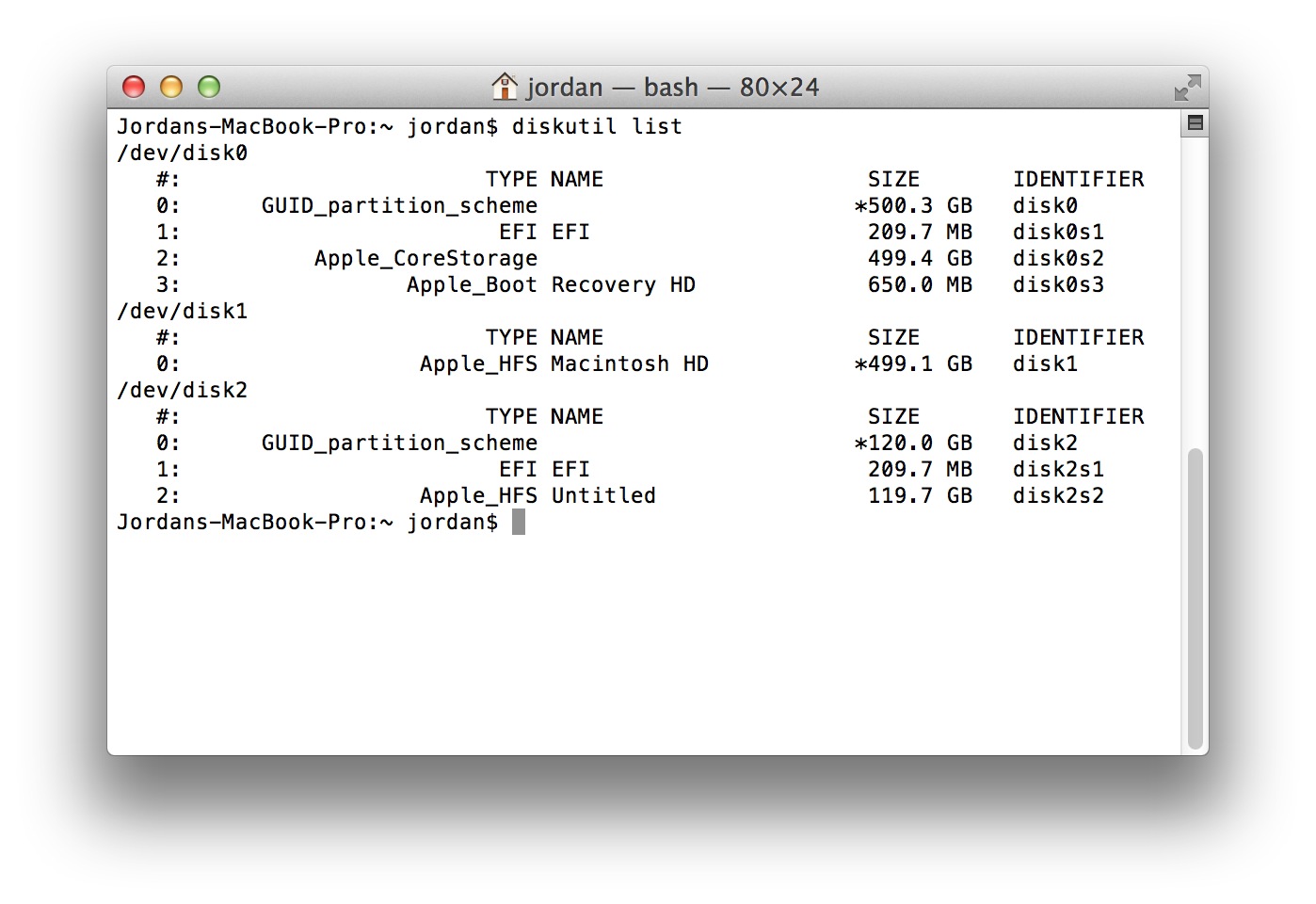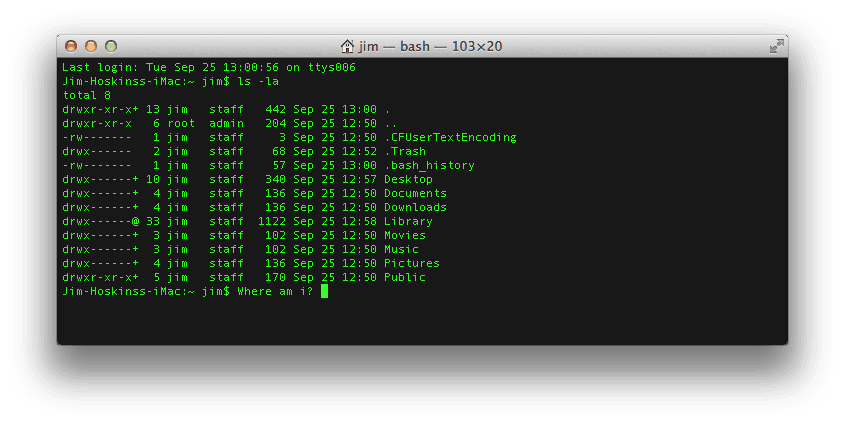
- ACCESS CMD FOR MAC HOW TO
- ACCESS CMD FOR MAC MAC OS
- ACCESS CMD FOR MAC FULL
- ACCESS CMD FOR MAC SOFTWARE
recursive_directory_iterator end(const recursive_directory_iterator&) Returns: recursive_directory_iterator().

The recursive option tells the cp command to copy every item in the folder: every sub-folder, every file and folder in every sub-folder, and so one, all the way down, to the new location.Expand the desired section below to access the account you have been granted permissions to.
ACCESS CMD FOR MAC FULL
Apps that are marked with a blue check mark have permission to the service highlighted in the left pane of the window.
ACCESS CMD FOR MAC MAC OS
From the Apple menu, select Control Panels, then select File Sharing (Mac OS 8.0 through Mac OS 9.x) or Sharing Setup (Mac OS 7.6.1 and earlier).
ACCESS CMD FOR MAC HOW TO
How to display and move between files in Terminal When you first launch Terminal, you're starting in the current working directory of /Users/ myusername/ (also known as your User folder). You can then get to your Utilities folder by typing "./Utilities/" rather than "/Applications/Utilities". For instance, if you go to the "/Applications/" folder in Terminal, that's your current working directory ( cwd).

Relative paths are defined based on where you've already navigated to, and represented by "./". So if you wanted to make a path to your Applications folder, you would write "/Applications/". An absolute path starts at the root level of your hard drive, and is displayed as "/". Paths take two forms: absolute paths and relative paths. Paths look similar in some ways to website sub-directories, and follow the structure of your folders. To do so, you build something called a path. You can use Terminal to get direct access to your files without using the Finder. When writing commands and paths in Terminal, almost everything is case sensitive: This means that you need to remember to properly capitalize "Dock" when referring to the Dock, or OS X won't understand your command. Unless you're executing a command that requires the display of text in Terminal, you won't have any indicator that what you've done has been successful you'll just get a new line with your user name on it once the command is finished processing. In short, be careful before using Terminal to execute commands, and make sure you understand what you're typing.
ACCESS CMD FOR MAC SOFTWARE
Here's the important part: With a system administrator account and password, you have direct access to tweaking almost everything about your computer's software code that means that while this little window provides great power, it comes with great responsibility. When you open it, Terminal presents you with a white text screen, logged in with your OS X user account by default.

What is Terminal?Īpple's Terminal app is a direct interface to OS X's bash shell - part of its UNIX underpinnings. While the average person should never have any reason to visit Terminal, Apple's command line interface app actually does give you access to quite a few neat tricks and shortcuts. (Well, as much of a mutual respect as one can have between a human being and a code window.) OS X's command line and I have never been what I'd call "friendly" rather, we have a mutual respect and understanding about not messing with each other.


 0 kommentar(er)
0 kommentar(er)
